Since its introduction in 1937, the 22-250 Remington has become one of the most popular varmint hunting cartridges on the market. (If not the outright king of them all.) Coyote hunters often swear by the 22-250. The round is accountable for the untimely deaths of more than a few rodents as well. But is it a good idea to rely on 22-250 for deer hunting?
The answer is yes – but with an important caveat. Although the 22-250 is capable of anchoring a whitetail quickly, humanely, and without the subsequent need for lengthy tracking, it simply isn’t on the same level as more popular deer loads like the 308 Win or 30-06 Springfield.
The 22-250 has exceptional accuracy, hence its popularity for hunting small game which present accordingly small targets. It produces light recoil, and it will let you hunt deer with a lightweight varmint rifle (in the ballpark of six pounds).
But these advantages all come at the cost of limited downrange energy. In essence, the 22-250 is a great deer hunting cartridge if you can keep your quarry within a range of 200 to 300 yards (depending on your skill). Let’s explain why.
22-250 Advantage: Exceptional Accuracy
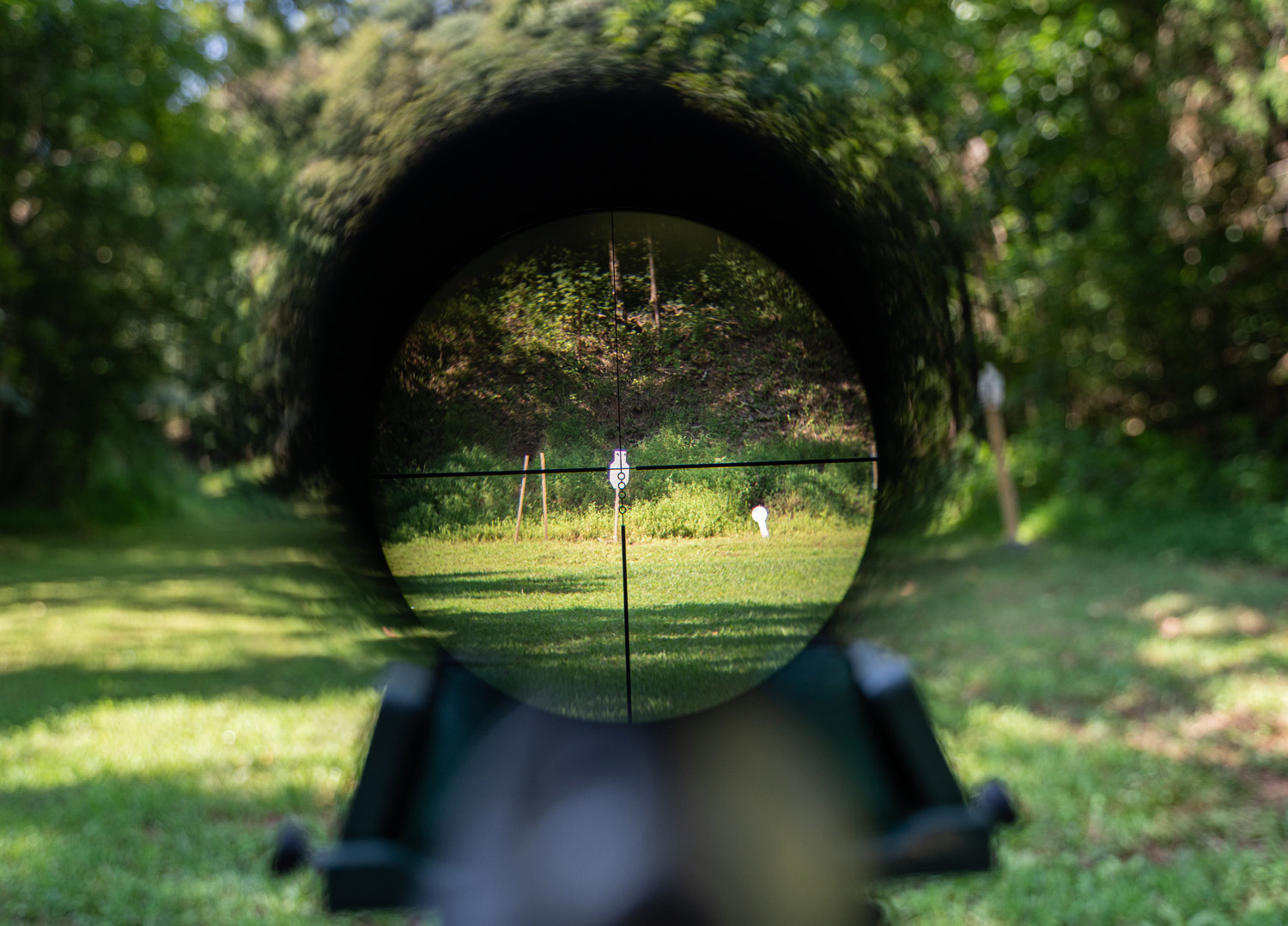
The 22-250 has a lightweight bullet and high muzzle velocity (MV). It can exceed 4,000 fps when it is loaded with a 50gr bullet or 3,600 fps with a 55gr bullet. That puts the 223 Rem to shame either way.
As a rule, a very light bullet exiting the barrel at a high muzzle velocity is going to hug an extremely flat trajectory. The 22-250 is no exception. A 55 grain 3,600 feet per second muzzle velocity load’s trajectory only has to rise by approximately 4.12” en route to a 300 yard target. (Assuming the scope is mounted at 1.5”.) Compare that to a 30-30 Win 150gr 2,390 fps MV load. It must arch by about 9.86” under the same conditions. With that knowledge, it’s easy to appreciate how easy it is to aim the 22-250.
The 22-250 makes it fairly easy for a total amateur to hit 200-yard targets. With a practice they can extend that range to 300 yards. Experienced varmint hunters have little trouble hitting 400-yard targets with a 22-250. When they’re really feeling it they can sink a bullet into a 500-yard target.
But this is not to suggest that the 22-250 is useful for taking deer at 500 yards. While it can certainly hit a deer at that range, its bullet will not pack enough energy to kill it reliably.
22-250 Disadvantage: Limited Energy
A lightweight bullet has an inherent shortcoming: It loses momentum at a relatively faster rate than a heavier projectile. This is reflected by the 22-250’s low ballistic coefficient (a measure of a bullet’s ability to overcome air resistance in flight, where a higher number is better). As the result the 22-250’s 55gr bullet tears out of the muzzle hot, at which rate it packs around 1,600 ft lbs of energy, but by 200 yards it can only retain about 55% of its original energy.
As a general rule you want to hit a whitetail with at least 1,000 ft lbs of energy. This is not set in stone. Good shot placement can do a lot to compensate for a relatively weak bullet, and good shot placement is precisely the 22-250’s forte – but you still don’t want to risk dealing too light a blow to a deer when your goal is to kill it where it stands. Otherwise you risk chasing the thing all day, or worse – letting it get away with an debilitating injury.
The 22-250 bullet usually becomes less powerful than 1,000 ft lbs between 150 and 200 yards. As such it’s generally not recommended for hunting deer beyond 200 yards, although varmint hunters who have really honed their aim and are certain of their ability to strike a vital organ or shoulder blade can stretch that range out to 300 yards if they wish. Beyond 300 yards the 22-250 becomes so anemic that skill can’t do very much to compensate!
22-250 Advantage: Low Recoil
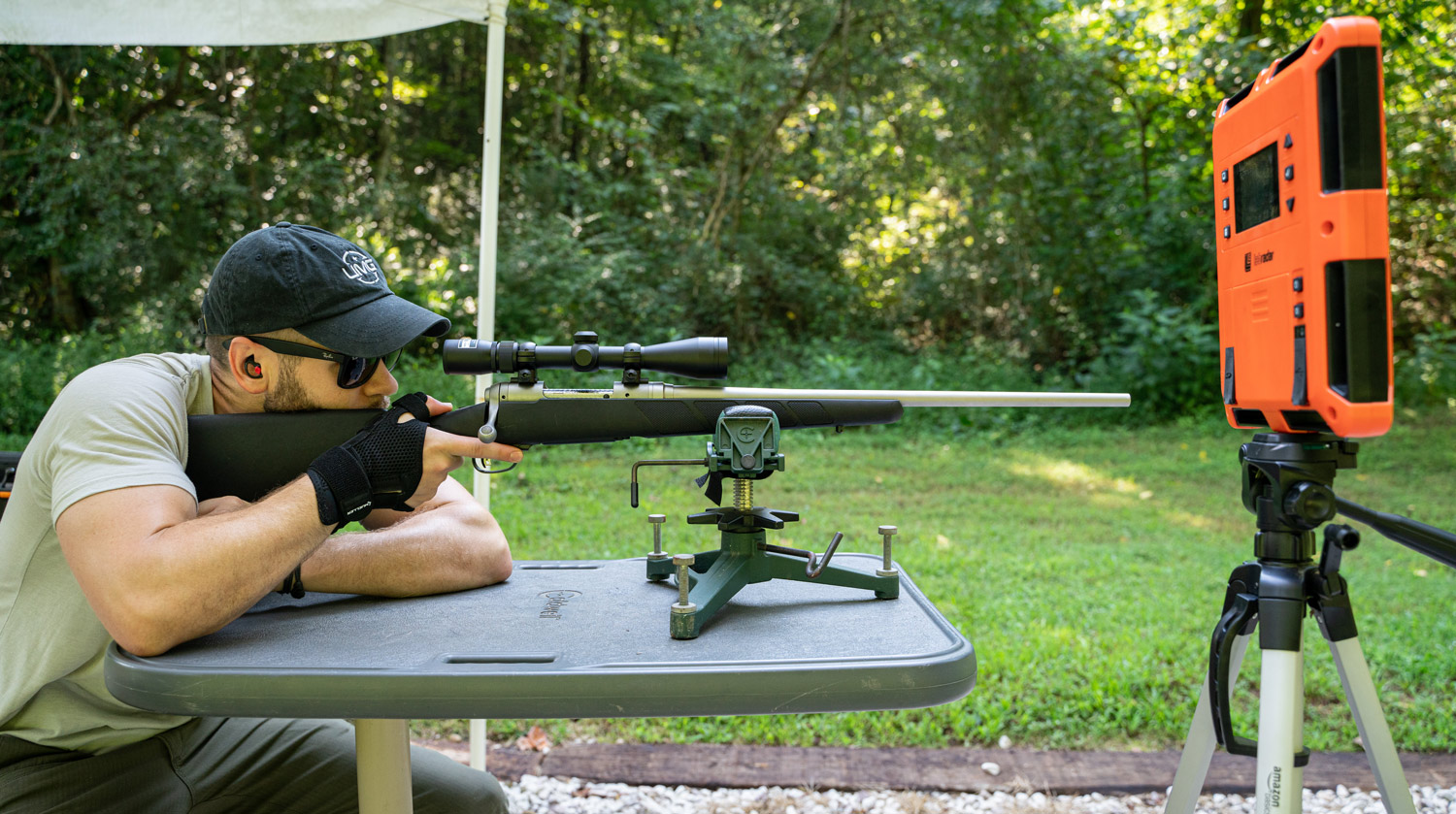
The 22-250 may be a high velocity round, but its bullet is so lightweight that the cartridge still doesn’t kick very much. A 55 grain, 3,600 fps MV load should only produce about 4.7 ft lbs of recoil energy. That hits a little bit harder than the 223 Rem, but only about half as much as the 308 or the 30-06. This makes the 22-250 comfortable to repeatedly fire, suitable for younger hunters, and easier to aim and fire in rapid succession.
22-250 Disadvantage: Restricted Legality
The 22-250 has another big black eye against it: It is not legal for deer hunting in all US states. The people who illegalize things for a living often reason that the 22-250 is just not powerful enough for ethical deer hunting. So, please make certain of your state’s hunting laws before you consider taking your varmint rifle on a whitetail expedition.
Best 22-250 Ammo for Deer Hunting
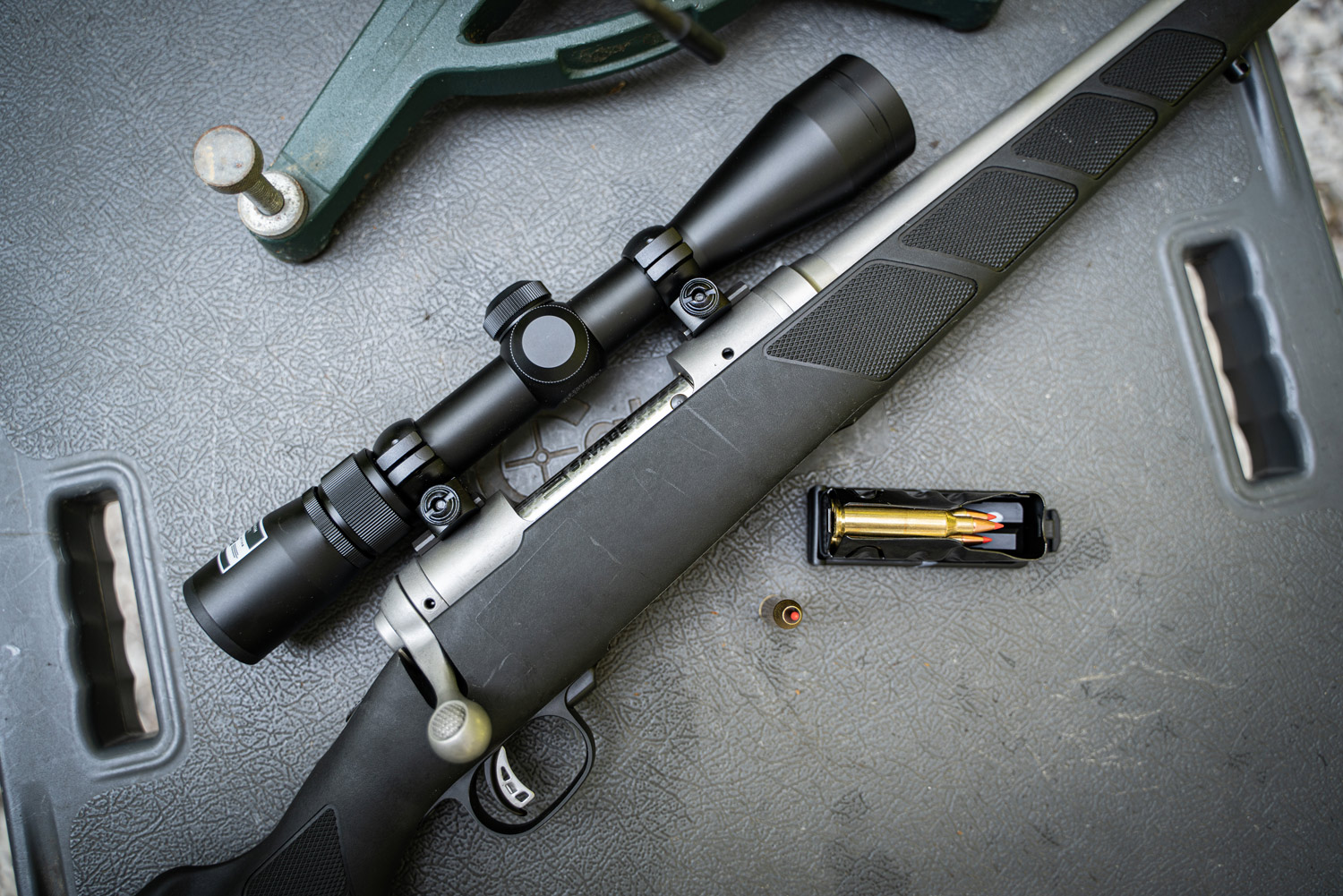
It is important to buy the right kind of 22-250 ammo for deer hunting. This is because manufacturers often load the popular varmint hunting cartridge with a specialized varmint hunting bullet. We’re talking bullets like the Hornady V-MAX, Sierra BlitzKing or Speer TNT. Engineers designed these to deliver explosive expansion and/or fragmentation the instant they penetrate soft tissue. Terminal performance like that is highly deadly as far as a rodent is concerned. However, it’s probably going to produce too shallow a wound channel to reach a whitetail’s vital organs.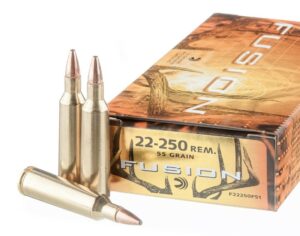
You would ideally use a soft point bullet for hunting deer with a 22-250. Or, perhaps consider a polymer tipped bullet that is designed for deeper penetration accompanied by delayed terminal expansion instead of instantaneous fragmentation. Either of these will still mushroom inside of soft tissue, but will also tunnel deeply enough through it to reach a hearty whitetail’s “boiler room.”
Look to Federal’s Fusion line of hunting ammo for a solid choice for 22-250 deer hunting. Its soft point advertises a muzzle velocity of 3600 feet per second. With a 55 grain bullet, it’ll give you a decent 1500+ foot pounds of energy at the muzzle.
Takeaway
The 22-250 is blessed with fiendishly good accuracy, but it doesn’t remain powerful enough for deer hunting throughout its maximum effective range. If you would use the varmint round to hunt deer, try to keep your range within 200 yards. If you’re a competent marksman with the 22-250, then you can compensate for the round’s relatively anemic energy with accurate shot placement up to 300 yards. Beyond 300 yards, it’s best to just leave the deer alone. Hopefully someone else will shoot it some day!
| 22-250 Winchester Ballistic Silvertip 55gr SP | 22-250 Prvi Partizan 55gr SP | 22-250 Federal Fusion 55gr SP | |
|---|---|---|---|
| Muzzle velocity (fps) | 3680 | 3680 | 3600 |
| Velocity @ 50 yds | 3474 | 3420 | 3349 |
| Velocity @ 100 yds | 3279 | 3176 | 3114 |
| Velocity @ 150 yds | 3092 | 2946 | 2891 |
| Velocity @ 200 yds | 2914 | 2728 | 2680 |
| Velocity @ 250yds | 2742 | 2520 | 2478 |
| Velocity @ 300 yds | 2577 | 2321 | 2284 |
| Velocity @ 350 yds | 2418 | 2131 | 2099 |
| Velocity @ 400 yds | 2265 | 1951 | 1924 |
| Velocity @ 450 yds | 2117 | 1780 | 1758 |
| Velocity @ 500 yds | 1974 | 1621 | 1603 |
| G1 ballistic coefficient | 0.272 | 0.214 | 0.218 |
| G7 ballistic coefficient | 0.133 | 0.105 | 0.109 |
| Elevation @ 50 yds | 0.05 | 0.12 | 0.18 |
| Elevation @ 100 yds | 0.88 | 1 | 1.07 |
| Elevation @ 150 yds | 0.89 | 1 | 1.06 |
| Elevation @ 200 yds | 0 | 0.01 | 0.02 |
| Elevation @ 250 yds | -1.92 | -2.16 | -2.25 |
| Elevation @ 300 yds | -5 | -5.69 | -5.93 |
| Elevation @ 350 yds | -9.38 | -10.85 | -11.28 |
| Elevation @ 400 yds | -15.26 | -17.92 | -18.6 |
| Elevation @ 450 yds | -22.83 | -27.29 | -28.29 |
| Elevation @ 500 yds | -32.35 | -39.4 | -40.8 |
| Muzzle energy (ft lbs) | 1654 | 1654 | 1583 |
| Energy @ 50 yds | 1474 | 1429 | 1370 |
| Energy @ 100 yds | 1313 | 1232 | 1184 |
| Energy @ 150 yds | 1168 | 1060 | 1021 |
| Energy @ 200 yds | 1037 | 909 | 877 |
| Energy @ 250 yds | 919 | 776 | 750 |
| Energy @ 300 yds | 811 | 658 | 637 |
| Energy @ 350 yds | 714 | 555 | 538 |
| Energy @ 400 yds | 626 | 465 | 452 |
| Energy @ 450 yds | 547 | 387 | 377 |
| Energy @ 500 yds | 476 | 321 | 314 |

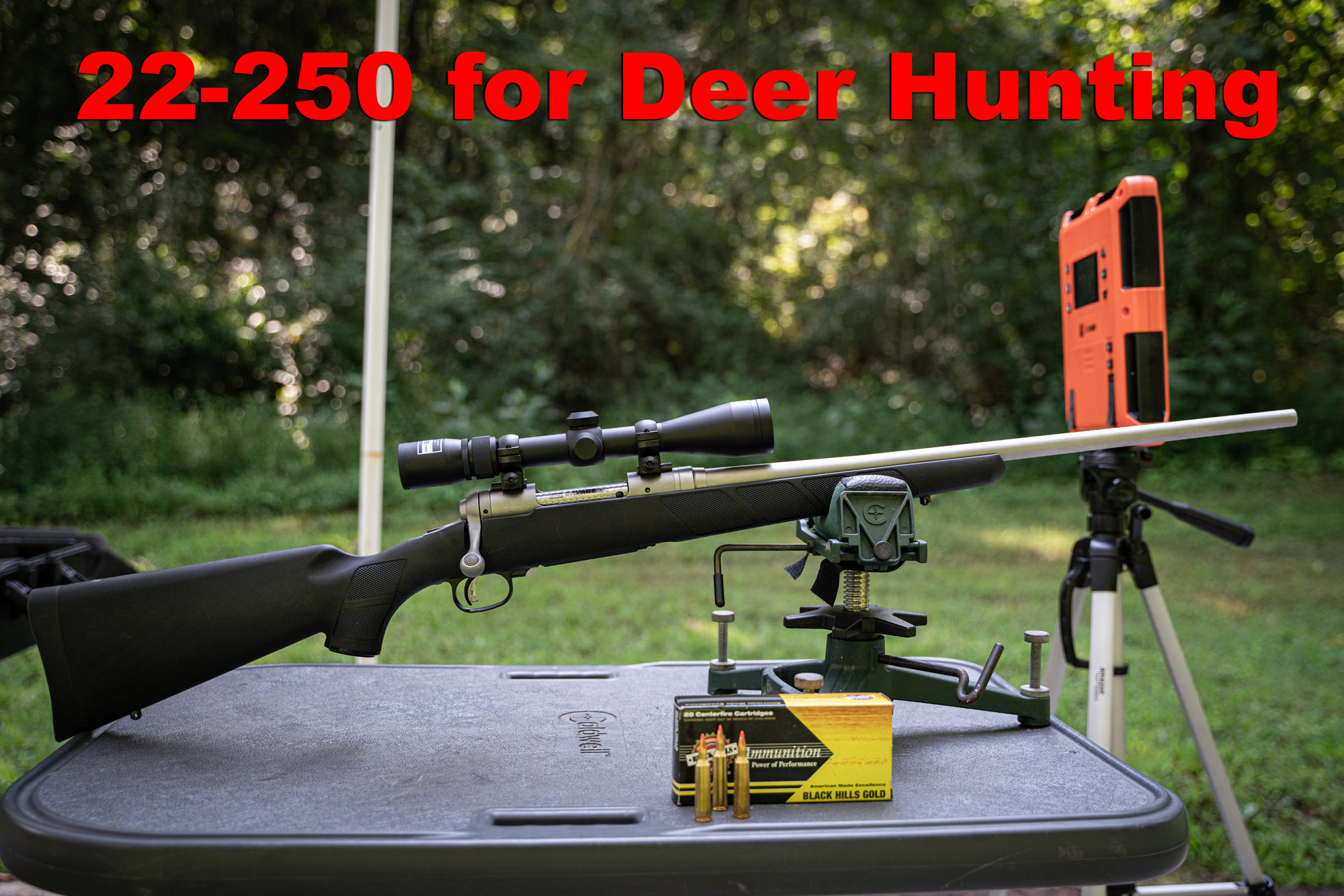
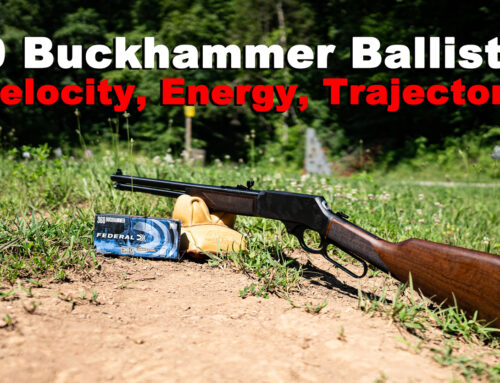
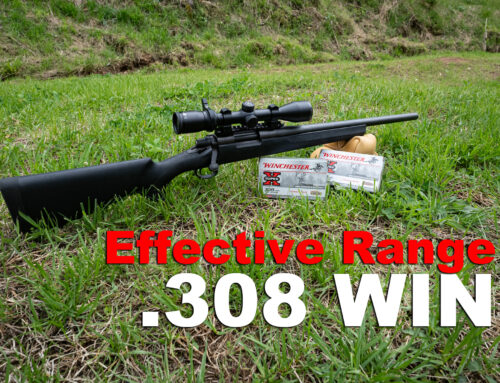
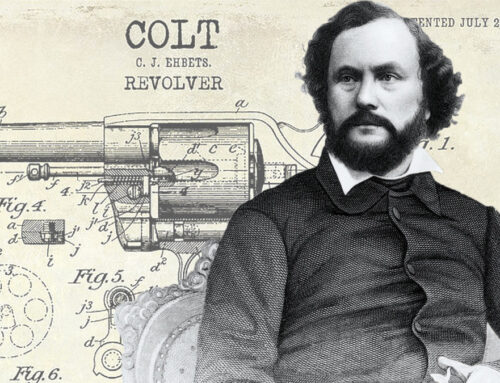
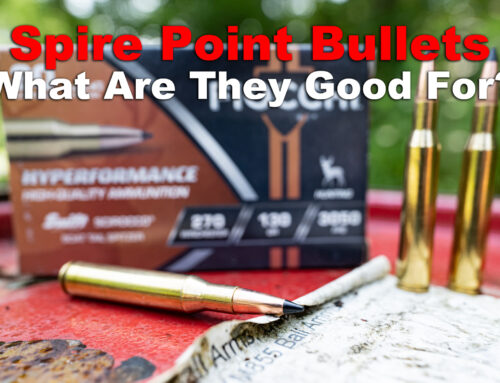
Thanks for the info. Much of this I already knew except the extreme drop of energy at 200 yards. My sons both took their first deer with a Remington 700 SPS in .22-250 inside of 200 yards, with dropped in their tracks shots. Both of them were good sized deer (for Tennessee) at 119 and 132 lbs. field dressed. My oldest was 10 years old and the other was 8 when they got their first deer. So this is a great round for just about any demographic . But without training and practice, the weapon matters not.